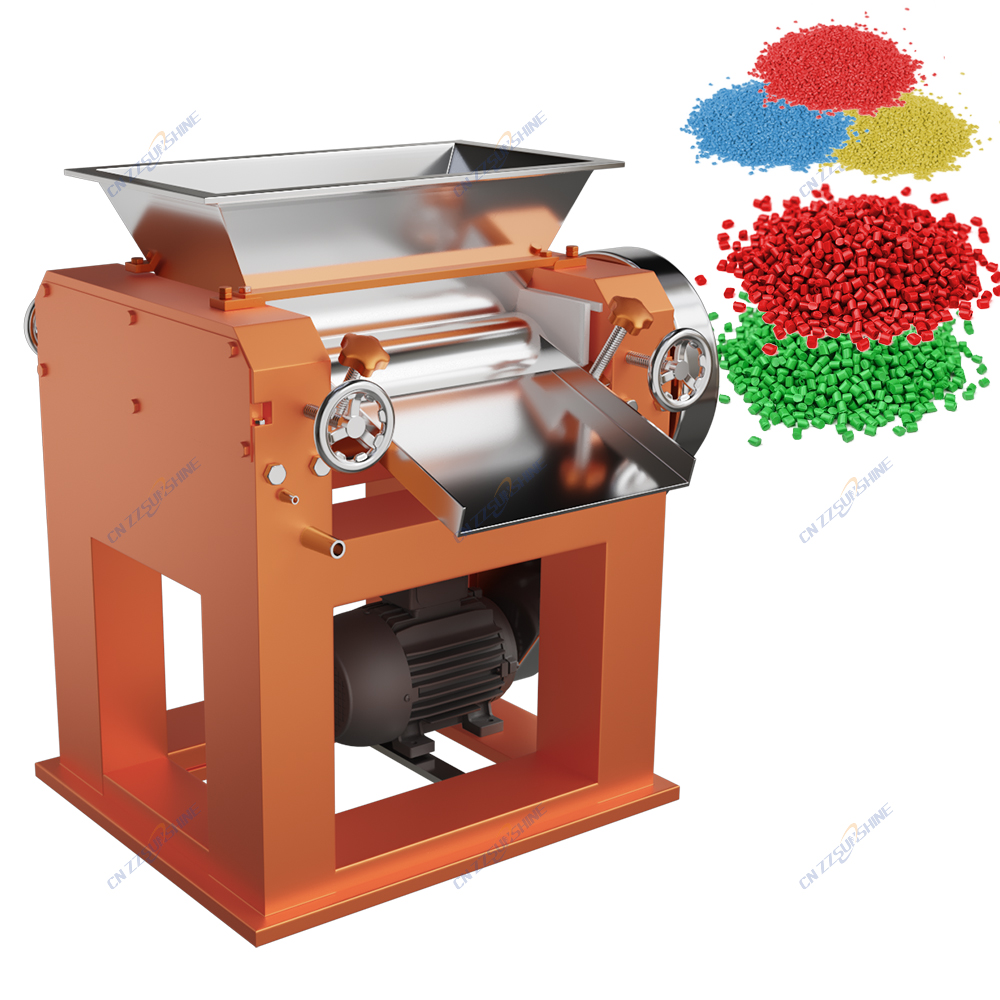Modern soap manufacturing demands efficiency and consistency, driving widespread adoption of integrated automatic soap production lines. These systems seamlessly combine multiple specialized machines to transform raw materials into finished bars at high volumes. Understanding the core components reveals how they deliver superior ROI for both laundry bar soap production lines and toilet soap finishing lines operations.
The process begins with precision blending. Industrial mixers for chemical processing handle fats, alkalis, and additives, ensuring homogeneous batches critical for quality. This mixed soap base then moves into refining stages. For premium toilet soaps or cosmetics, a three-roller mill enhances texture and uniformity before extrusion. The heart of the line is the vacuum plodder machine. This critical component compresses, de-aerates, and extrudes the soap through a die under controlled vacuum, directly impacting bar density and reducing cracking.
Downstream, specialized cutters shape the continuous soap log. Options range from simple guillotine-style blocks cutters to sophisticated electric washing soap cutters handling high-speed laundry bar formats. For intricate shapes like beauty soaps, custom soap cutting machines provide flexibility. Modern lines often integrate automatic packing machines for food-grade wrapping, completing the turnkey solution.
Key advantages of these automated systems include significant labor reduction, minimized material waste, and strict hygiene compliance – vital for bath soap making. The elimination of manual handling improves worker safety while boosting throughput. Manufacturers seeking reliable soap making machinery should prioritize suppliers offering robust vacuum plodders, efficient mixers, and precise cutters configured for their specific output targets and bar specifications. Investing in a cohesive automatic soap production line, rather than isolated equipment, ensures synchronized operation and maximizes long-term productivity for competitive markets.




